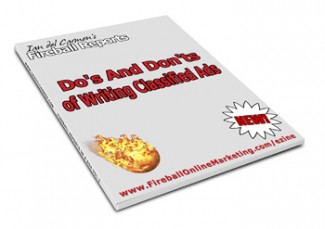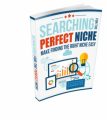
 License Type: Resell Rights
License Type: Resell Rights  File Size: 1,496 KB
File Size: 1,496 KB File Type: ZIP
File Type: ZIP
 SKU: 17765
SKU: 17765  Shipping: Online Download
Shipping: Online Download
Ebook Sample Content Preview:
Getting your price lists, brochures, catalogs or newsletters typeset does not necessarily have to be a costly procedure. Keep in mind that the main cost in typesetting is the time involved in setting type. By minimizing the time needed to create a typeset piece you can effectively keep your cost down. The following suggestions can help reduce your typesetting expense.
Know what you want the FIRST time around. Have a picture in your mind. Trial and error can be costly. Don’t have a typesetter set it one way, then decide a different format would look better.
Reduce and eliminate author’s corrections by thorough proofing and re-proofing.
Avoid minimum charges by combining small jobs and having them set at the same time.
Try to use one family of type to save time and money by avoiding font changes. The consistent look is better.
Give explicit instructions on marking up copy: type styles, column widths/margins.
With a large job, such as a brochure or annual report, request a style setting proof sheet to get approvals before the entire job is done.
Avoid super rush jobs, especially if you don’t really need them.
Avoid lengthy corrections on the phone. You might end up paying for corrections later that could have been avoided if you had done your editing on proof sheets.
Get the layout finished and approved before having type set...the same goes for copy, of course.
Avoid the use of "run-arounds" (reducing the width of the copy to make room for a photo in the column, for example). If you douse them, use simple shapes, boxes, squares.
Avoid the use of curved or angular type. Type reading left to right on a page (for example, this report) is faster and less expensive to set than copy that is set in a curve or running sideways on the page.
The use of unjustified text and captions is less expensive than justified because it sets quicker, costing less time.
Don’t depend on the typesetter to read your mind. Be specific.







